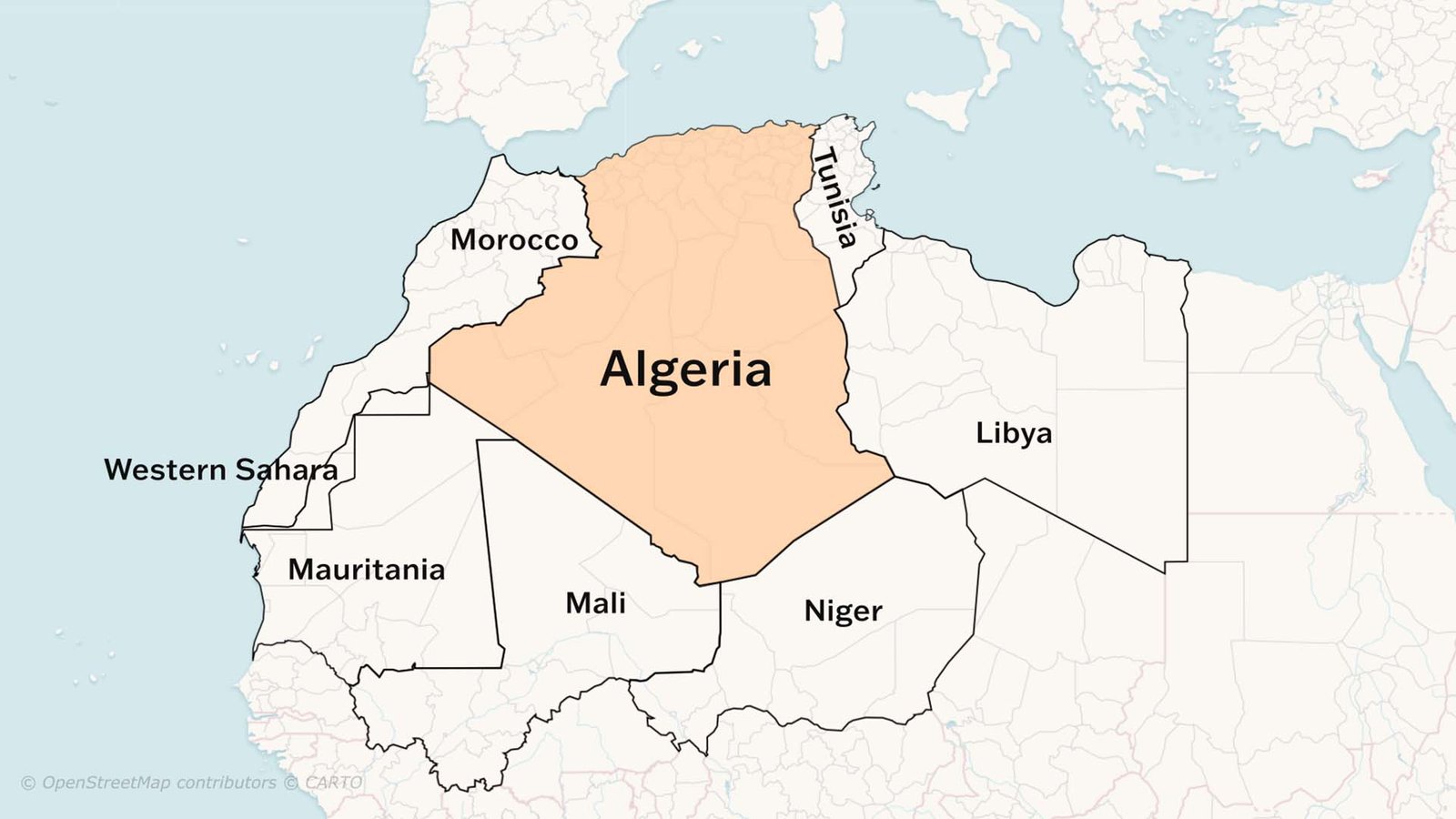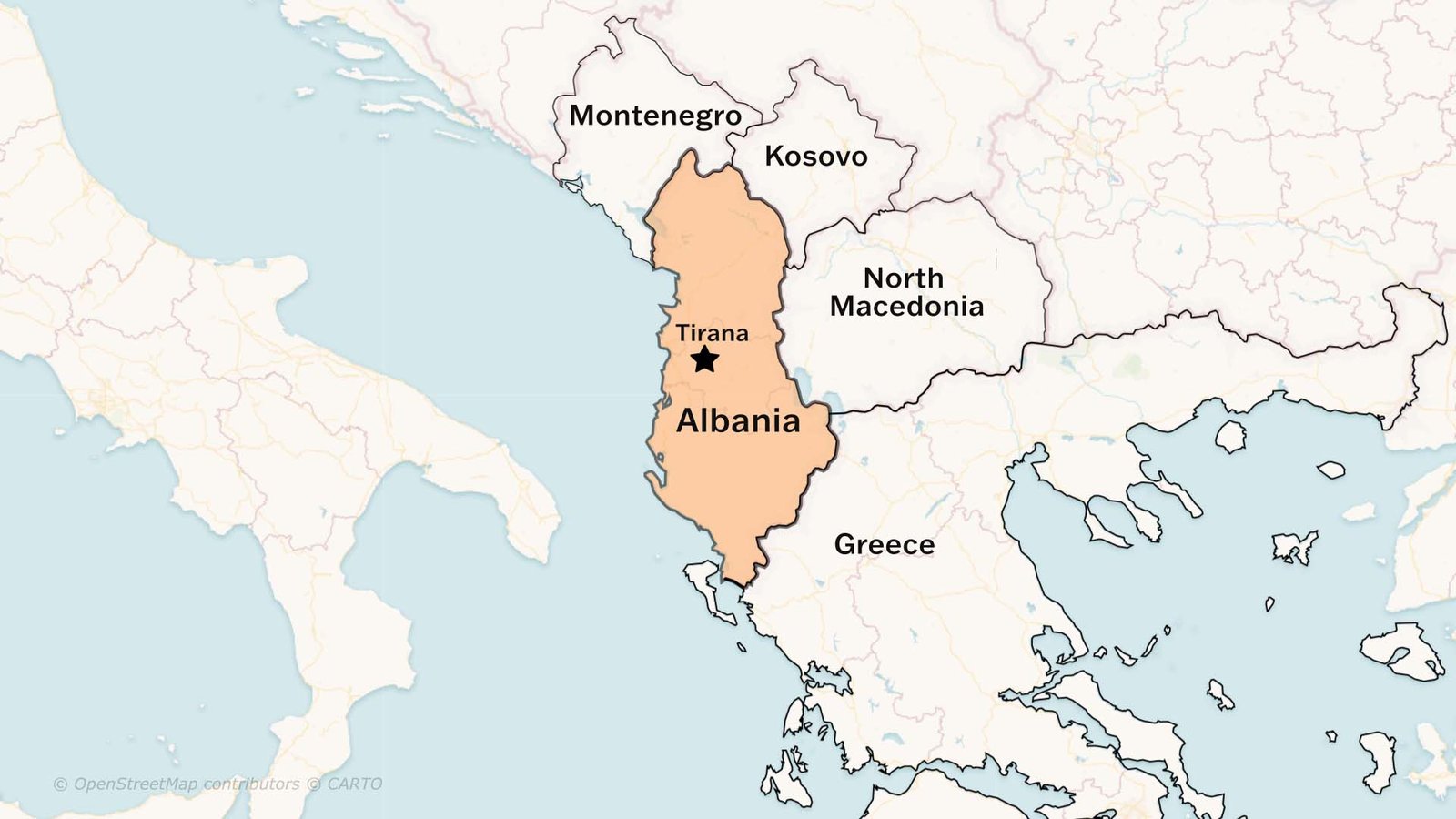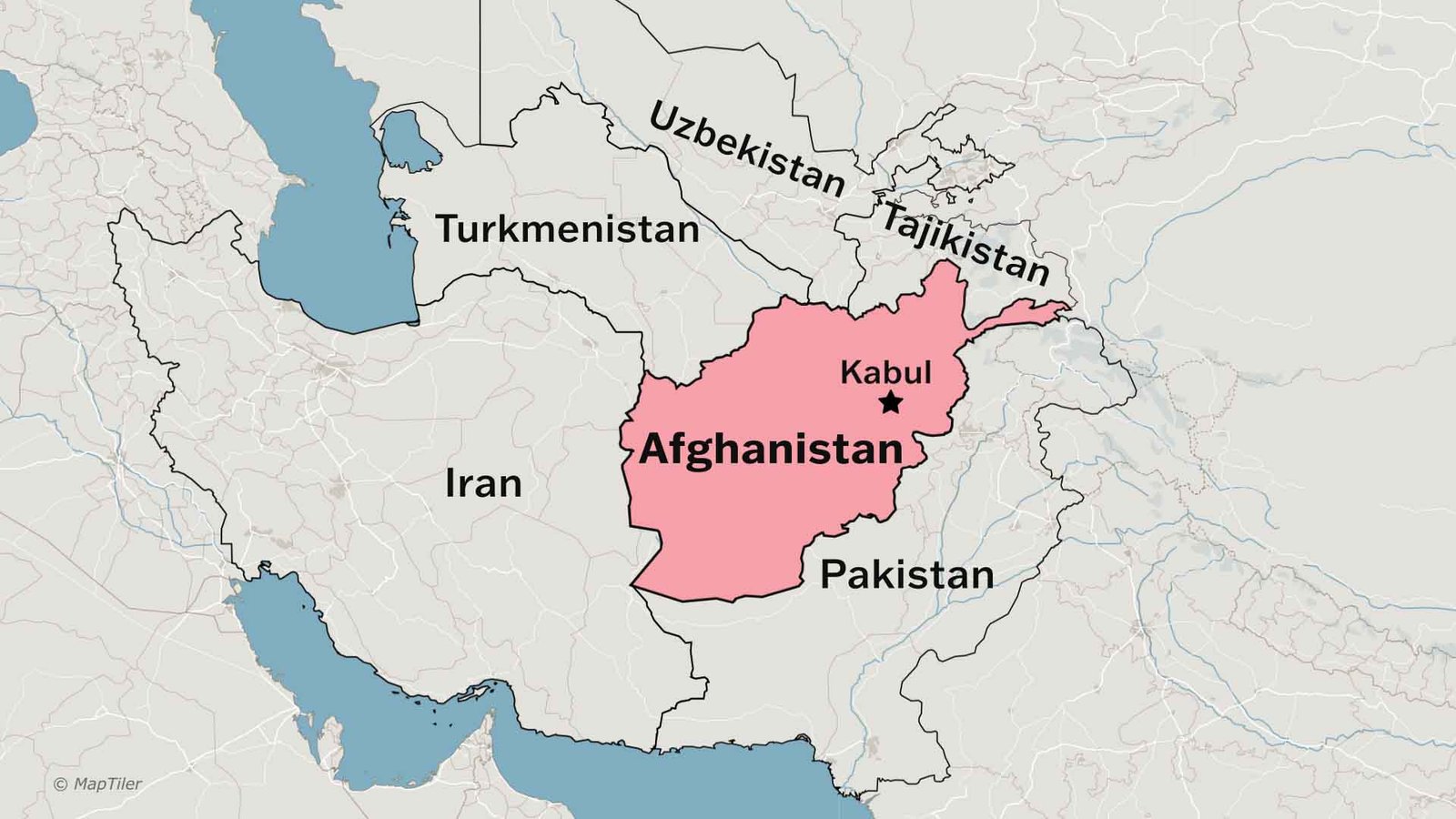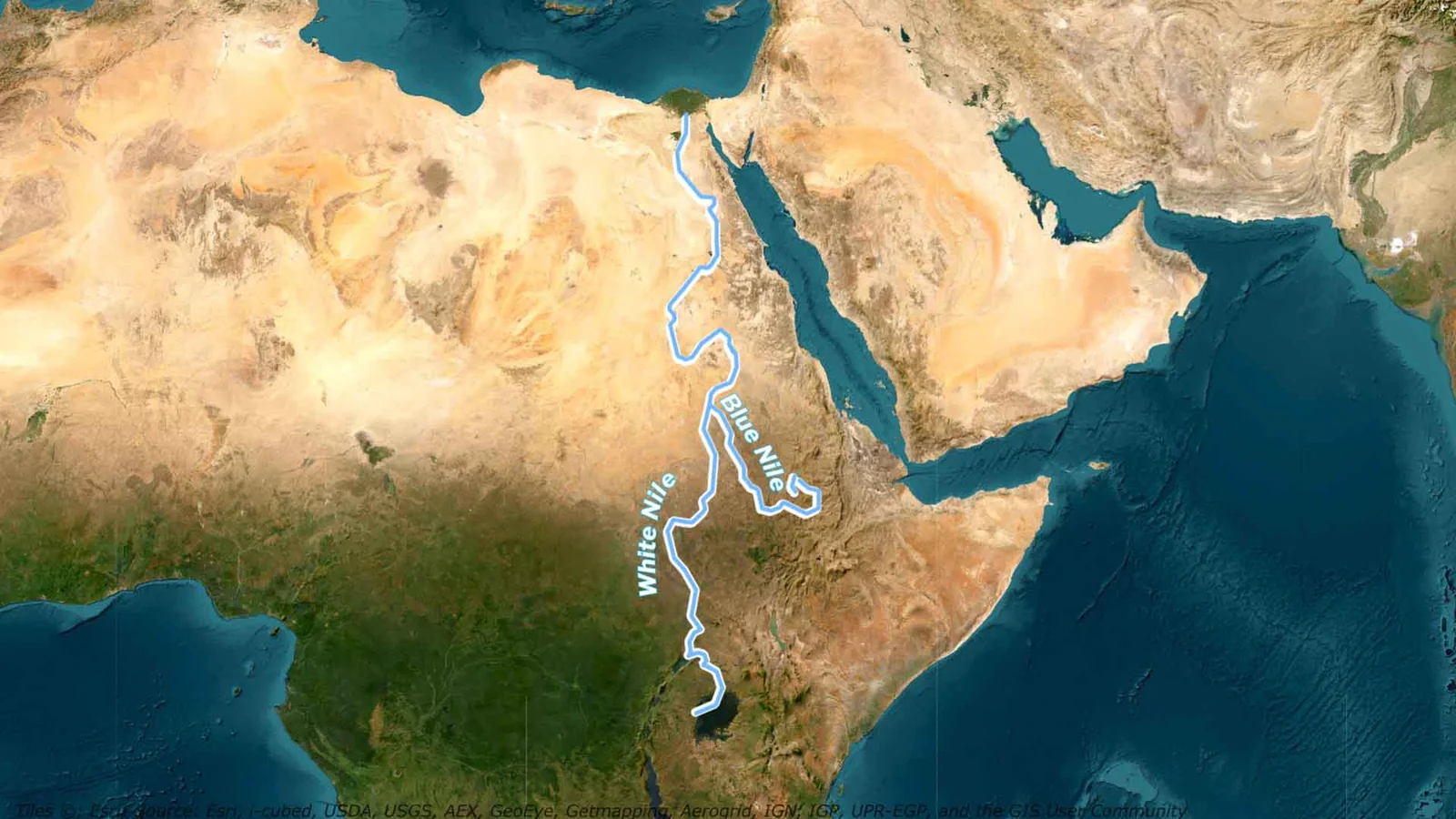The river Nile is the longest river in the world. It flows for more than 6800 km before it empties into the Mediterranean Sea. Niles basin covers 11 countries and the river is the primary source of water for Egypt, Sudan, and South Sudan.
The Journey of River Nile
Even after centuries of exploration, the source of the River Nile remains disputed. Lake Victoria is widely believed to be its source, but this lake itself is fed by rivers, such as the Kagera River, which originates farther south in Burundi.
By popular belief, after originating in Lake Victoria, the Nile passes through Lake Kyoga and Lake Albert, eventually cascading over a large waterfall before reaching the flat plains of Sudan, where it slows down.
Upon reaching Sudan, the river takes on a greyish colour due to its muddy silt, earning the name White Nile. Along its journey, the White Nile flows through a vast swamp known as the Sudd. Beyond the Sudd, the river continues its sluggish course northward until it meets the Blue Nile at Khartoum, the capital of Sudan.
Now, let’s go back and trace the journey of the Blue Nile.
Blue Nile
Like the White Nile, the source of the Blue Nile is also debated. However, Lake Tana in Ethiopia is considered its primary source, although numerous streams feed the lake itself. After leaving Lake Tana, the Blue Nile tumbles down the East African Highlands. It is fast, powerful, and heavily influenced by seasonal rains, significantly increasing its volume. In the wet season, from May to August, it provides over 70% of the Nile’s water, but in the dry season, it can drop to just 2%.
The confluence of the Blue and White Nile occurs at Khartoum, forming a much larger river. From there, the Nile flows hundreds of kilometres through Sudan before reaching Lake Nasser, a massive reservoir located between Sudan and Egypt.
This reservoir was created by the construction of the Aswan High Dam in Egypt to meet the country’s power demands.
From there, the Nile flows for another 1,000 kilometres to reach Cairo, the capital of Egypt. North of Cairo, the river travels approximately 150 kilometres, where it forms a broad, triangular, fan-shaped delta that spans about 250 kilometres—finally, the Nile empties into the Mediterranean Sea.
The Nile is often associated with Egypt but actually flows through 11 countries: Tanzania, Uganda, DR Congo, Rwanda, Burundi, Ethiopia, Kenya, Eritrea, South Sudan, Sudan, and Egypt.
It sustains nearly 500 million people who have relied on its water, fish, and fertile silt for thousands of years. Looking at a map, it’s clear that this region would have been an arid desert if not for the Nile. The only green areas are those surrounding the river, which are suitable for agriculture and sustain 95% of the population.
The Blue Nile, originating in Ethiopia, carries nutrient-rich silt that floods the land during the wet season, supporting agriculture. However, this natural cycle changed in 1962 with the construction of the Aswan High Dam in Egypt. The dam blocks much of the sediment, forming Lake Nasser, the world’s second-largest man-made lake. Despite this, the dam is crucial for Egypt, as it generates about 15% of the country’s electricity. When it began operating in 1971, it supplied nearly half of Egypt’s electricity and is the main source of irrigation in Egypt.
The Nile is also home to diverse wildlife, including fish, birds, turtles, snakes, hippos, and the iconic river Nile crocodile. The Sudd swamp and the Boma-Jonglei landscape, linked to the Nile River, host Earth’s largest antelope migration. However, threats like hunting, grazing competition, oil exploitation, and flooding endanger biodiversity and human livelihoods. Every August, Egyptians honour the river with a two-week festival called ‘Wafaa an-Nil,’ celebrating the ancient floods that helped their civilization flourish.
Grand Ethiopian Renaissance Dam
The management of the Nile’s waters remains contentious. Ethiopia built the Grand Ethiopian Renaissance Dam on the Blue Nile, which provides most of the Nile’s water. This has caused tension with Egypt and Sudan, who rely heavily on its flow.
For Ethiopia, the dam is a major benefit, providing electricity to all its citizens. In 2015, Egypt, Sudan, and Ethiopia signed a cooperation agreement during the dam’s construction and reservoir filling. Now Africa’s largest dam, it began generating electricity in 2022.
Watch us on YouTube








